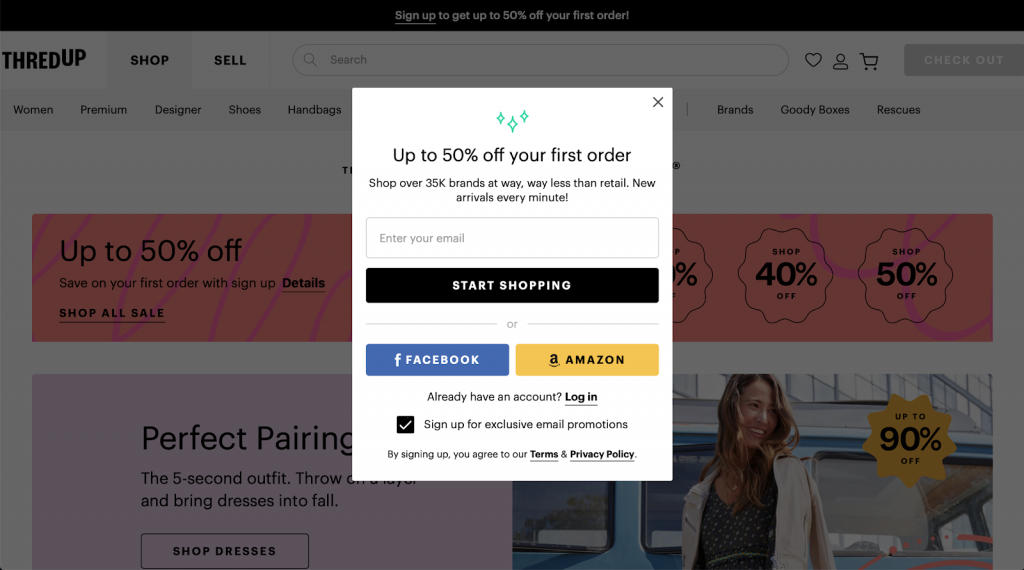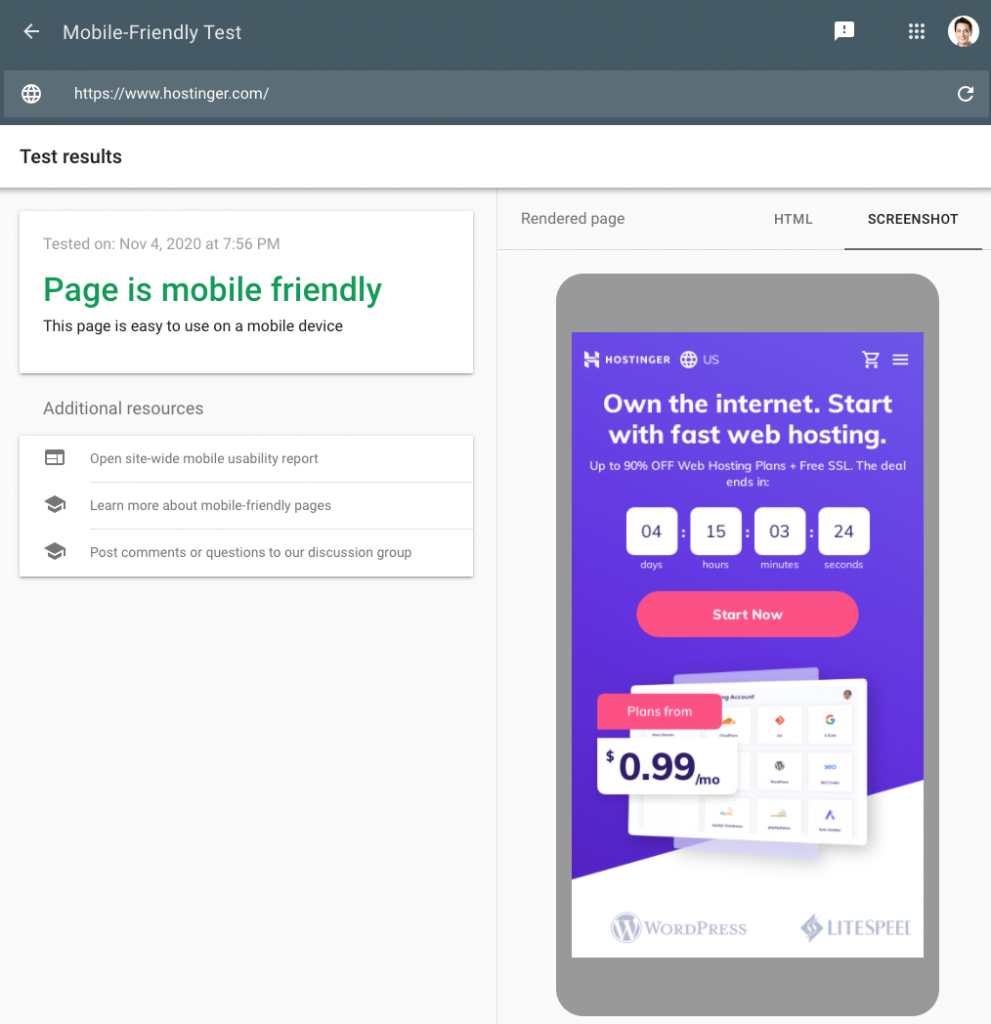Glossary
November 4, 2020
5min Read
Maisha R.
Black Friday is a holiday shopping event that takes place the day after Thanksgiving and marks an unofficial start of the holiday Christmas season.
Every year, retailers and businesses alike offer discounts and special deals for Black Friday to attract both in-store and online shoppers.
While the term Black Friday primarily originated in the United States, it quickly became a worldwide event and is the most profitable time of the year for many companies.
A Brief History of Black Friday
While the term’s true origin of Black Friday is unknown, there are quite a few theories about how this tradition became the shopping frenzy it is known today.
One popular theory suggests that the phrase Black Friday was used by the police in Philadelphia during the 1950s to describe the day after Thanksgiving holiday sales that had massive traffic jams, because of the crowds. As a result, this made officers work much longer hours during the weekend.
Nowadays, Black Friday sales usually last more than just one day. Many brick-and-mortar businesses begin setting discounted prices on Thanksgiving day or even a few days before to attract visitors much earlier.
Some online retailers also tend to launch their campaigns at the beginning of November, creating a multi-day Black Friday event in order to attract more customers.
2019 brought a whopping $142.5 billion to retail sites, which is $20 billion more than the previous year.
Cyber Monday is a different online shopping event that is also held during the holiday season, taking place in the following week after Black Friday and traditionally lasts for 24 hours only.
However, the distinction between Black Friday and Cyber Monday hardly exists nowadays as many businesses are launching their discounts during Black Friday and finishing up right after Cyber Monday.
Since the current pandemic became a significant challenge for all types of businesses this year, eCommerce will become the central turning point for shoppers to find the best Black Friday deals since major retailers such as Best Buy and Target will be closed on Thanksgiving day.
How to Plan for Online Black Friday Sales?
If you’re considering participating in this year’s Black Friday season, we have created a short summary of what to expect during this frantic time and how online Black Friday deals can be greatly beneficial for your eCommerce business.
1. Prepare Your Inventory
Conducting an inventory review will help you decide which items to promote on Black Friday and how much of a discount they should get.
One method you can try is the ABC inventory categorization option, where you will classify items based on how much profit they make:
- A items include your best-selling products, contributing around 70% of sales, and 20% of total stock.
- B items cover average-performing items that result in around 25% of the revenue and take up 30% of the stock.
- C items only account for 5% of total sales but usually take up most of the inventory.
Typically, A items don’t get very big discounts as they drive the most income. Thus, it’s essential to restock your inventory frequently to anticipate potential growth in demand.
If you source products from third-party suppliers, you need to calculate when to replenish your inventory and consider having safety stock on hand to prevent stockouts and loss of potential retail sales.
On the other hand, you can reduce B and C item prices much more freely, especially if you want to make room for more shelf space.
2. Choose a Fitting Discount Strategy
Well-known retailers and brands usually have site-wide discounts during the Black Friday event. This is because they can restock their inventory in bulk while having the liberty to conduct larger sales without risking losing much of the revenue.
Small online businesses rely on free shipping options, which is an attractive offer for many shoppers worldwide. Plus, invest some time creating engaging and tempting online ads offering the best deals from your store.
For instance, Apple offers a free-of-charge next-day shipping option for a wide range of their more expensive products, such as MacBook and iPad devices. Meanwhile, smaller devices like EarPods come with free two-day delivery instead.
Members-only coupon codes are also a common practice used during the shopping event as it can significantly expand your customer base, as users have to sign up on an email list to get the discount. For instance, thredUP does this by showing a pop-up email form detailing what kind of additional offers customers will get if they sign up.

3. Prepare for Heavier Traffic
If you own a small business, expect to see some traffic spikes during the shopping season. However, without careful preparation, massive traffic surges can potentially damage your online business, which will make the website load much slower.
A few minutes of downtime may not seem like a big deal at first, but it can cost you a significant amount of money. For instance, Amazon lost nearly $90 million during its Prime Day website crash.
One way to prepare for a worst-case scenario is to find a reliable web hosting solution that will provide you with enough resources to support the increased number of visitors.

4. Optimize Mobile User Experience
Smartphones account for the majority of the traffic during the Black Friday shopping season. However, many websites fail to cater to mobile users, leading to more cart abandonments than conversions. You can use Google Mobile-friendly test tool to check if your website is mobile friendly.
If you want to improve your website for mobile devices, there are a few tricks you can use:
- Use a responsive template. This will make the website catered for use on different sized mobile devices, such as, tablets, and phones.
- Make high-converting CTA buttons. Your call-to-action buttons should use standard design practices and look distinctive from other elements of your website design. This will ensure that your visitors have a smooth browsing experience and increase your conversion rate.
- Improve page speed. Slow page loading speeds result in an increased bounce rate. Ideally, try to aim for less than a four seconds loading time to yield the best conversion rates. Here are some simple tips you can implement to make your website pages load faster if you’re using WordPress.

5. Improve the Checkout Process
Nearly 21% of US shoppers abandon their shopping carts due to a complicated checkout process when visiting an online store. Implement some time-proven practices to avoid this problem:
- Display the total costs upfront. Giving the information in advance will allow shoppers to know whether they can make the purchase before proceeding to checkout. Remember to show the overall total price, which includes any additional taxes and shipping fees.
- Enable guest checkout. Not all users wish to sign up for an account on your website. Provide the option to quickly complete their transactions without the additional steps.
- Minimize information forms. Only ask for the necessary information, their full name, email address, payment and billing information, and shipping address.
- Offer multiple payment methods. Most popular payment options include credit cards, digital wallets, and bank transfers. Consider using the Buy Now, Pay Later method which is also growing in popularity.
Conclusion
Hopefully, you now have a better understanding of what Black Friday is and what kind of impact it has for retailers in the US and worldwide.
Black Friday is by far the busiest shopping season off the year, which is why it’s crucial to have your business prepared for this event early on. If you want more information on 2020 Black Friday marketing tips, check out our article here.





